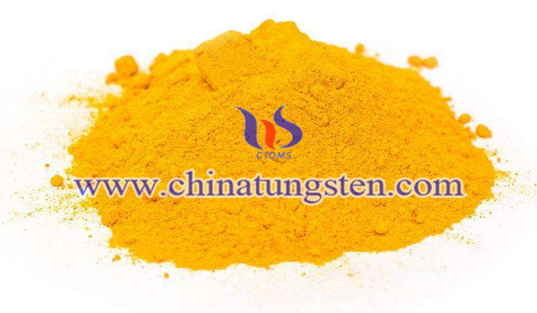Tungsten Oxide Ceramic Grain Growth
- Details
- Category: Tungsten Information
- Published on Friday, 09 March 2018 10:21
Because of the larger radius of oxygen atoms, poor mobility. Therefore, in the sintering process of oxide ceramics, the transmission rate of oxygen atoms determines the sintering performance of tungsten oxide ceramics.
Tungsten oxide ceramic material is transported to the oxygen atom first moved to a position, the surrounding tungsten atoms to form a new tungsten oxide lattice with oxygen atoms. In this continuous cycle, tungsten oxide grains grow up slowly. If aerobic vacancies are formed, oxygen atoms move faster through the oxygen vacancies, resulting in a greater mass transfer rate.

In the same holding time, pure tungsten oxide ceramic grains grow slowly below 1000 ℃. This shows that the substance has a slower transmission rate. Combined with the defect equation can be considered below 1000 ℃, tungsten oxide ceramic oxygen vacancy less than 1000 degrees Celsius above the insulation of tungsten oxide ceramics. Thus, affecting its oxygen atom moving rate to a certain extent, finally affecting its grain growth macroscopically.
As the temperature increases, the concentration of oxygen vacancies in the tungsten oxide lattice increases, making the movement speed of oxygen atoms become larger, resulting in faster material transfer. Therefore, the grains of tungsten oxide ceramics grow rapidly above 1000 ° C. In the solid-state sintering of the grain growth will inevitably slow down its densification process. The density of tungsten oxide is best at 1100 ° C, but only about 82%. Compared to the zinc oxide varistor 90% density, pure tungsten oxide ceramic density is poor.

- Tungsten Oxide Manufacturer & Supplier, Chinatungsten Online: www.tungsten-oxide.com
- Tungsten News & Prices of China Tungsten Industry Association: www.ctia.com.cn
- Molybdenum News & Price: news.molybdenum.com.cn
- Tel.: 86 592 5129696; Fax: 86 592 5129797; Email: sales@chinatungsten.com



 sales@chinatungsten.com
sales@chinatungsten.com